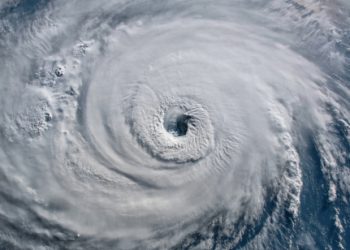Dryad Maritime provides information about the hurricane season in North Atlantic which traditionally starts from June 1st, with tropical storms normally appearing in the Eastern Pacific from the middle of May and both seasons coming to a close at the end of November.
With hurricanes increasingly occurring out of season, the strongest typhoon ever recorded since records began occurring last year, ongoing climate change and El Niño in decline, there is a lot of interest to see what will happen this year.
Dryad says that the 2016 Atlantic season is expected to be the most active since 2012 and kicked off early when Hurricane Alex formed for three days in the northern Atlantic Ocean in January. According to the National Hurricane Centre, Alex was the first hurricane to form in January since 1938 and the first to persist in January since Hurricane Alice in 1955.
Meteorologists are forecasting that this year’s Atlantic tropical storm season will return to near average levels after a comparatively quiet season in 2015. It will also be influenced by the rapid shift from a strong El Niño last year to a developing La Niña later this year, where the likely impact is to cause the early part of the hurricane season to be less active, while the second half may be more active.
In terms of numbers, the Colorado State University predicts that the season will be near normal with 13 named storms, 6 hurricanes and 2 major hurricanes; whilst the North Carolina State University believes that the season will be very active with up to 18 named storms, 11 hurricanes and 5 major hurricanes. By contrast, the United Kingdom Meteorological Office (UKMO) is predicting a slightly above average season with 14 named storms and 8 hurricanes, as does The Weather Company, an IBM business, which predicts 3 major hurricanes as well.
Meanwhile, the University College of London predicts that 2016 will be about 20% below the long term average with figures of 12, 6 and 2 respectively. Collectively, these imply a slightly more active season than normal, noting that last year was one of the least active on record – despite the tragic loss of the El Faro off the Bahamas.
Source: Dryad Maritime




























































